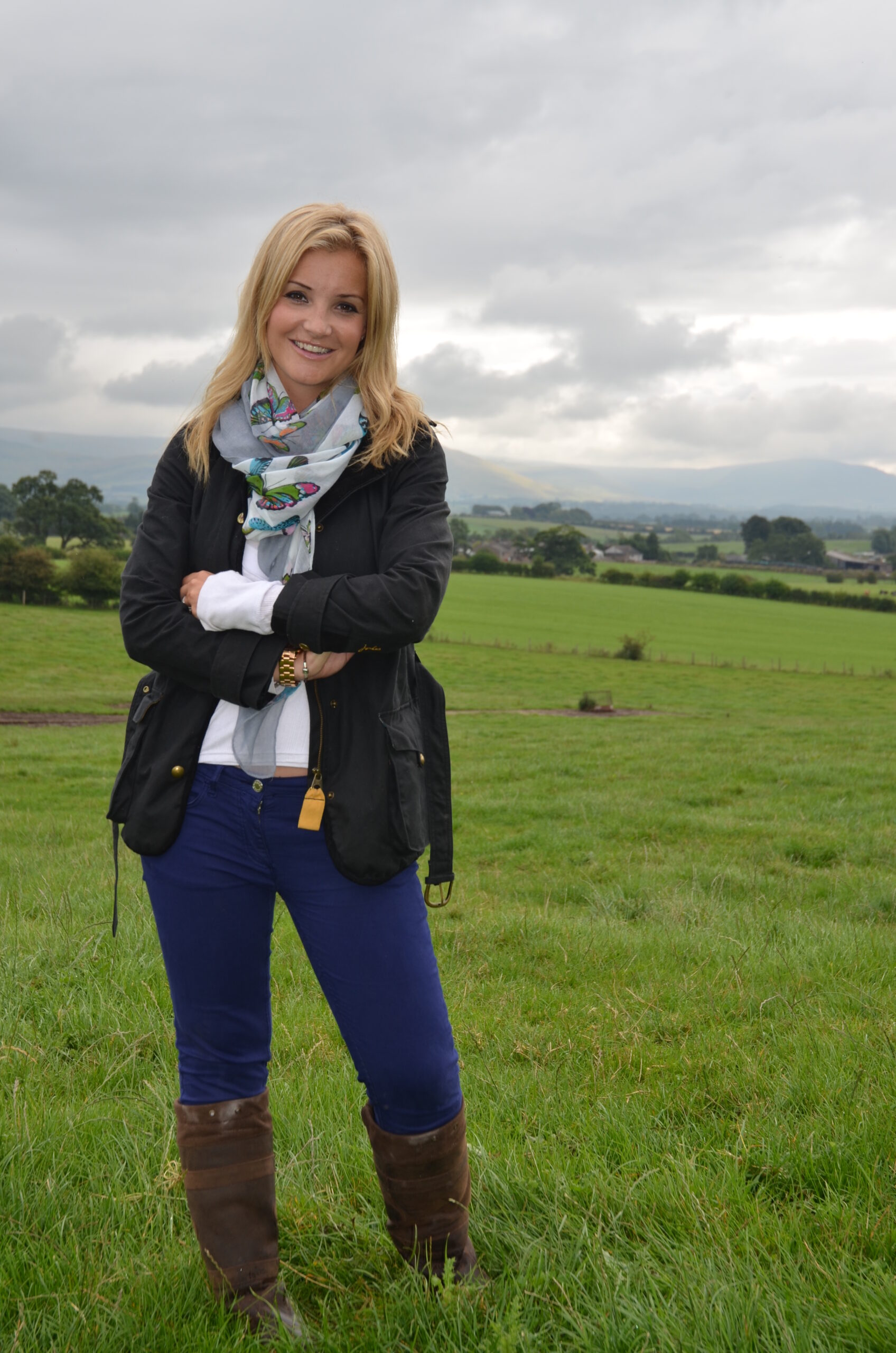Countryfile presenter Helen Skelton explains the sense of freedom and wellbeing she gets from being outdoors, and how to have your own adventure in the British countryside.
It's hard to put into words how much of a sense of freedom I get from being outdoors and in the wilderness. If I’m surrounded by buildings and man-made structures for too long, I get a bit anxious and claustrophobic. I need to see a field, a lake, a river or a mountain stretching out in front of me.
Spending time outdoors is a grounding experience. The landscape is humbling: it makes you realise that you’re at the mercy of the elements and nature. I like nothing more than getting to the end of a day spent outdoors and feeling the ache in my limbs and windburn on my face from a long walk.

The benefits of being in nature
Being in nature helps me sleep, boosts my appetite and is far more rewarding than a session in a gym. There are so many incredible walks to choose from all over the UK. We live on a tiny island, relatively speaking, but the landscapes we have here easily rival some of the most beautiful in the world. We are extremely lucky: on our doorstep we have beaches, cliffs, moorlands, rivers, hills and mountains. Trying to decide which location to explore is often more difficult than actually exploring it. And we are also blessed with changing seasons: thanks to the colours, the light and the weather, the same walk can feel very different depending on the time of year you do it. For me, the most rewarding of the four seasons has to be autumn.
- The best places in Britain to see autumn colours
- Britain's best autumn walks
- The best gardens to visit this autumn
The best thing about autumn is the colour. As the landscape becomes a dense tapestry of red, gold and orange, it suddenly seems as though there are more leaves, more trees and more woodland. Harlow Carr Gardens near Harrogate, North Yorkshire, and the Meanwood Valley Trail out of Leeds, West Yorkshire are both wonderful places to experience all the subtle variations in colour.

It is also my favourite time of year to walk in the hills. The Scottish Highlands are, without a doubt, at their best in autumn, when the mountains turn from green to rich purples and oranges. But for breathtaking views whatever the season, I’d recommend Cow and Calf Rocks on Ilkley Moor in West Yorkshire. It’s quite a challenge climbing them, which is why doing so feels more daring than a normal walk and offers an adrenaline rush that you don’t get from following a gentle path. It’s perfect if you want a workout as well as fresh air and gives you the chance to get up high and take in a view that changes all year round. And what a view. It’s a very welcome reward after such a steep climb.
Otley Chevin in West Yorkshire is another challenging climb that offers beautiful year-round views (and, like Cow and Calf Rocks, is within easy reach of the nearby town). But being Cumbrian, my heart will always belong to the Lake District. I grew up walking those fells in all weathers and seasons, and I think there is nothing more special than a big hill walk that gets your lungs burning and brings you to a view you’ve never seen before.
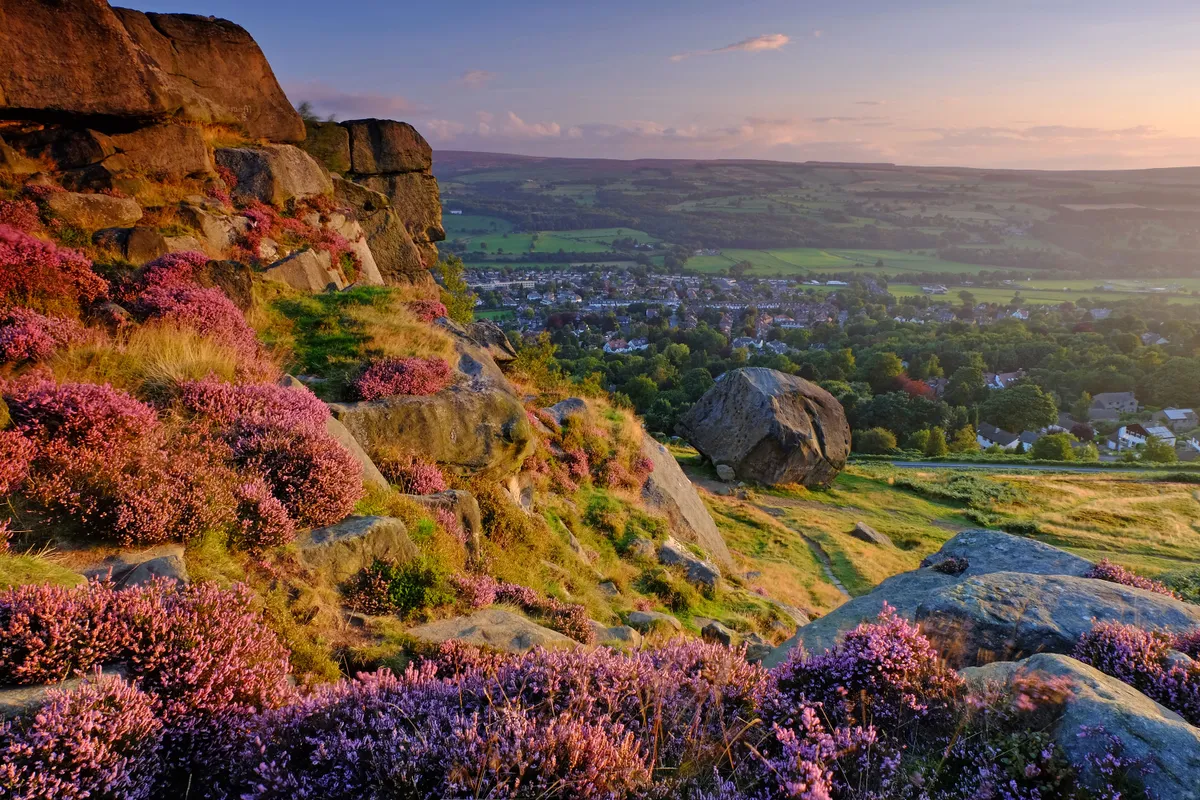
Extreme hill-walking adventures
When hill-walking, it is the unpredictability of the terrain and the challenge of finding a route that appeals to me. I like the small element of risk and that there are consequences to getting it wrong. It sounds strange, but I think I thrive on a sense of danger. Out on the fells, especially as the days get shorter, you have to take responsibility for yourself. This includes being skilled in navigation and ensuring you have the right kit, as I have learned over the years. Always tell someone your planned route and what time you expect to be back. Take a waterproof and an extra layer – a light down jacket is a sensible option. Good boots with ankle support and grippy soles are perhaps the most important item of clothing at this time of year, when the ground is damp and it’s easy to slip.
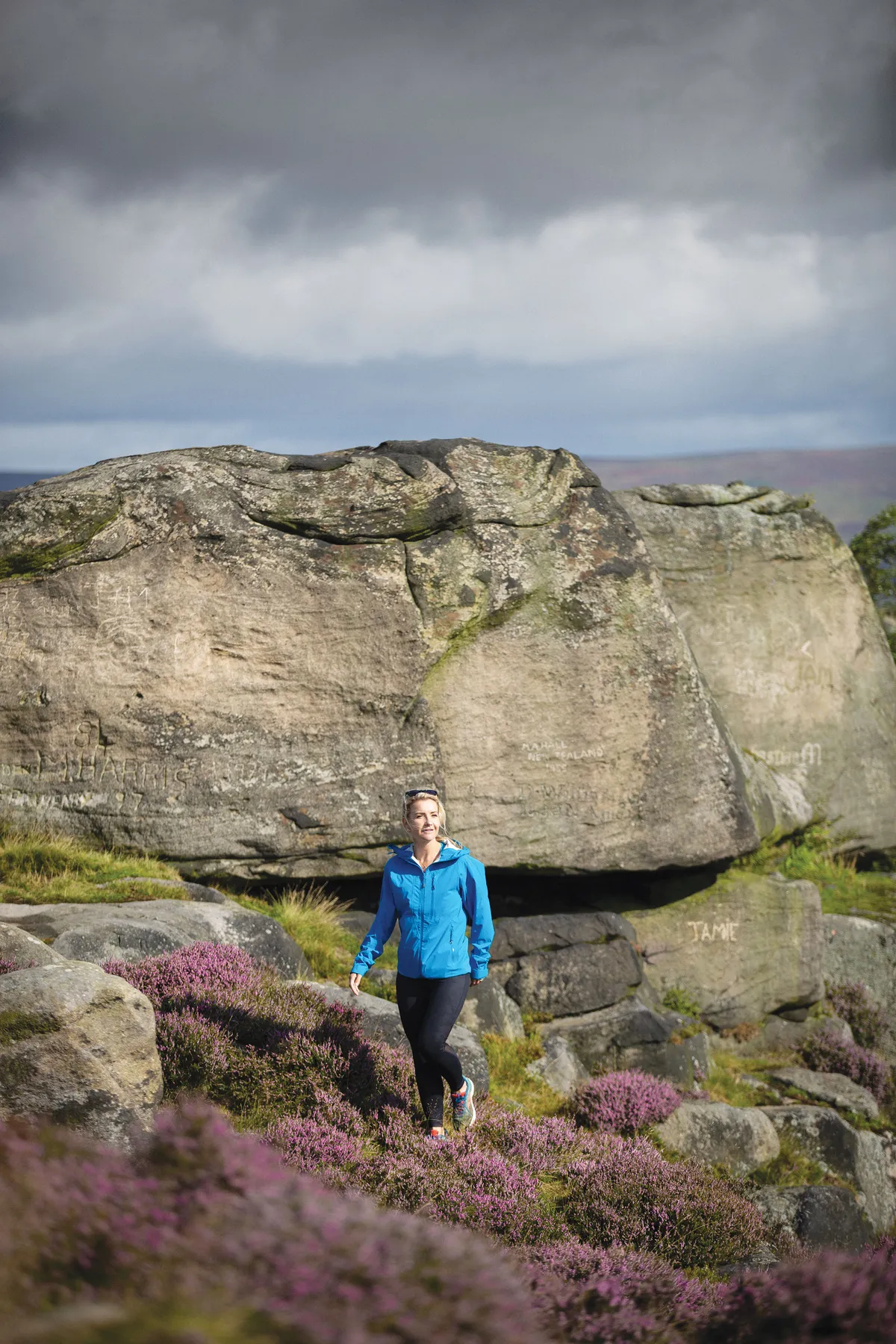
I love walking up Blencathra in the Lake District. I can remember my gran explaining to me when I was little how it looks like a horse’s saddle sitting on the horizon. I can’t tell you about one route up or down, because I’ve climbed it so many times and have so many happy memories of it. The beauty of Blencathra is that it can be as difficult or as easy as you want. As a teenager, I would sneak out of school early with my friends and scramble up the fell near Mungrisdale to go wild swimming in the tarn.
When I was training for an adventure to the South Pole and I needed to build my strength and endurance fitness, I used to cycle from my parents’ house in Kirkby Thore to the bottom of the fell and start my ascent from the A66. I think the first section is by far the hardest, as it’s so steep. In summer you need to be ready to dodge sheep and weave through bracken. Then the path winds around to the back of the first fell and flattens out towards a gorge. That’s when the walk for me really starts. You can’t see any roads, buildings or anything man-made. The landscape swallows you up and you’re surrounded on three sides by the Lake District’s most glorious fells.
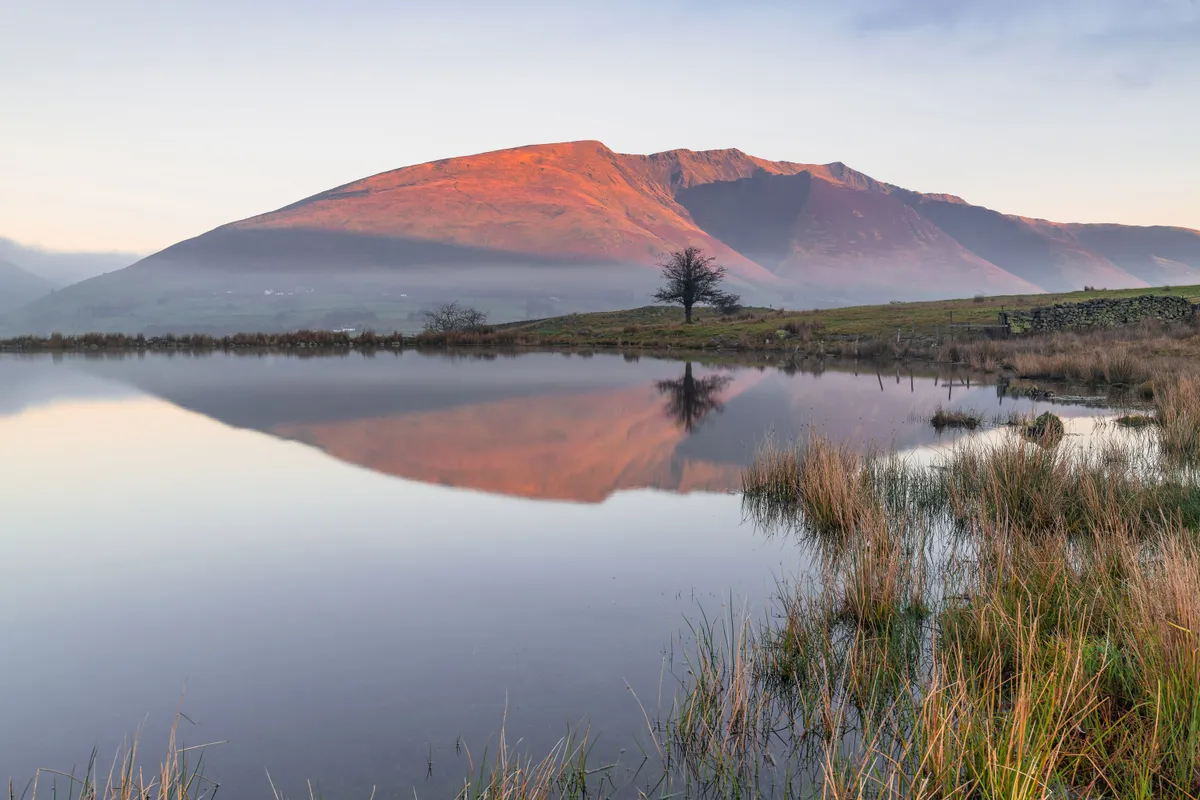
The most challenging route to the top of Blencathra is Sharp Edge. It’s a true scramble and at times you’ll be on all fours trying to keep your balance on the jagged rocks. Some people use ropes; I rely on nerve. I won’t lie that I find it nail-biting, but that’s why I love it. Going up is definitely easier than coming down, which is rare in mountain walking. I once stupidly went up on a bad day, and when wet, those rocks are treacherous. I wouldn’t advise that!
Even if you don’t choose Sharp Edge, the climb to the summit is still testing. The steps and stones are large – for my legs, anyway. You need both lung and leg power. But arriving at the top is like popping up into one of the best views in the Lakes. While you’ve been climbing, the view has been hidden and you can’t imagine where you are heading. When you reach the top, you can suddenly see for miles. I can sit for hours looking at the view, and I have done.
Whatever the weather, I recommend taking a sweet treat and a fleece for the summit. Even on a sunny day there can be a nip in the air. In autumn or winter, when there might be snow, it can be bitingly cold. But one of the most comforting and satisfying things about an autumn or winter walk is that you have the perfect excuse to curl up beside the fire once you’re home.
My perfect wild camping adventure
I sleep better in a tent than I do in my own bed, and there is nothing better than sleeping under the canvas after a day out in the fresh air. I think everyone should try camping at least once, especially as it is such a fun family activity. There are so many different ways you can camp, from starting out in your back garden with your kids, to finding beautiful campsites tucked away all over the UK, to trying wild camping in the Scottish wilderness.
Beginner’s guide to wild camping in the UK: law, essential kit and places to camp
One of the great joys of wild camping is the chance to sleep under the stars in beautiful rural locations. Our essential beginner's guide shares expert tips on how to camp safely, kit to take and the best places to wild camp legally in Britain.

Wild camping is a way of escaping the world. It takes you away from people and noise – you are really back to nature. I love the Hebrides: Skye, Harris and Lewis are as breathtaking as everyone says. Take a small and light tent, as you’re likely to head off the beaten track, with a long way to walk before you pitch up. If you want to go wild, just take a bivvy bag (and a mat and sleeping bag to go inside). Best and respected practice in camping circles is to set up late and depart early, leave no trace of a camp and keep the noise down. That way, I am told, you are unlikely to run into trouble!
Why I wrote my new book, Wild Girl
I was incredibly lucky to grow up in Cumbria. The great outdoors has always been the place where I am happiest. My brother and I grew up playing outside for hours: climbing trees that we probably shouldn’t have climbed, and building rafts to float down the river. I have written Wild Girl: How to Have Incredible Adventures because I want to encourage young people to find their happy place outdoors.
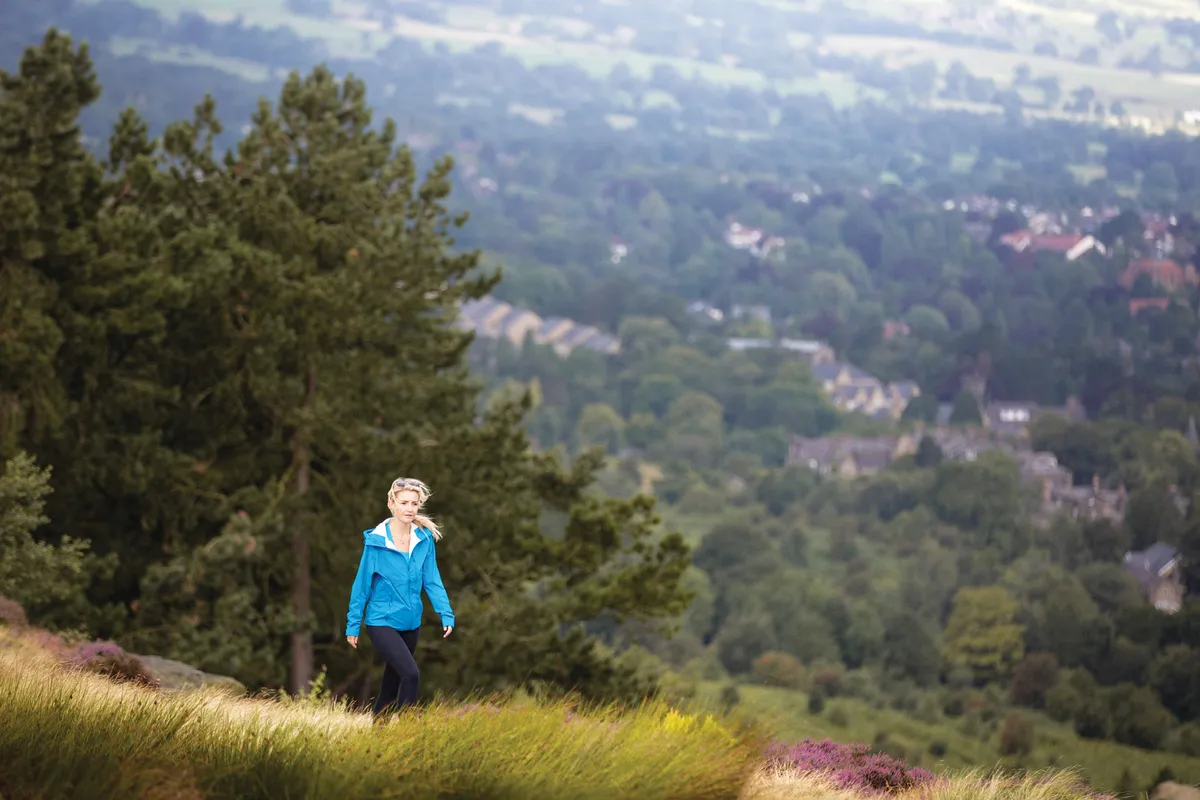
I have never been afraid to push myself to try new things, and I don’t think anyone should ever be too scared to have a go. Use your fear, try your best and whatever happens, afterwards you will have learned something new and important about yourself. There is nothing more satisfying than taking on a challenge that others have said is impossible.That is why I am thrilled to see so many young women owning the outdoors and adventure.
I think today is such an exciting time to be a female adventurer and I am inspired by the incredible feats of women such as Anna McNuff (the long-distance cyclist and runner) and Ashima Shiraishi (US rock climber). Boundaries are being broken and there is now space for everyone to discover what drives them and to pursue their passions – whether that’s cycling, walking, running, climbing or wild swimming.
That freedom to be whoever you want to be is very important and I hope that we can show young women that there are many different types of adventure out there, ready and waiting for them. All they need to do is to pack their enthusiasm, curiosity and determination.
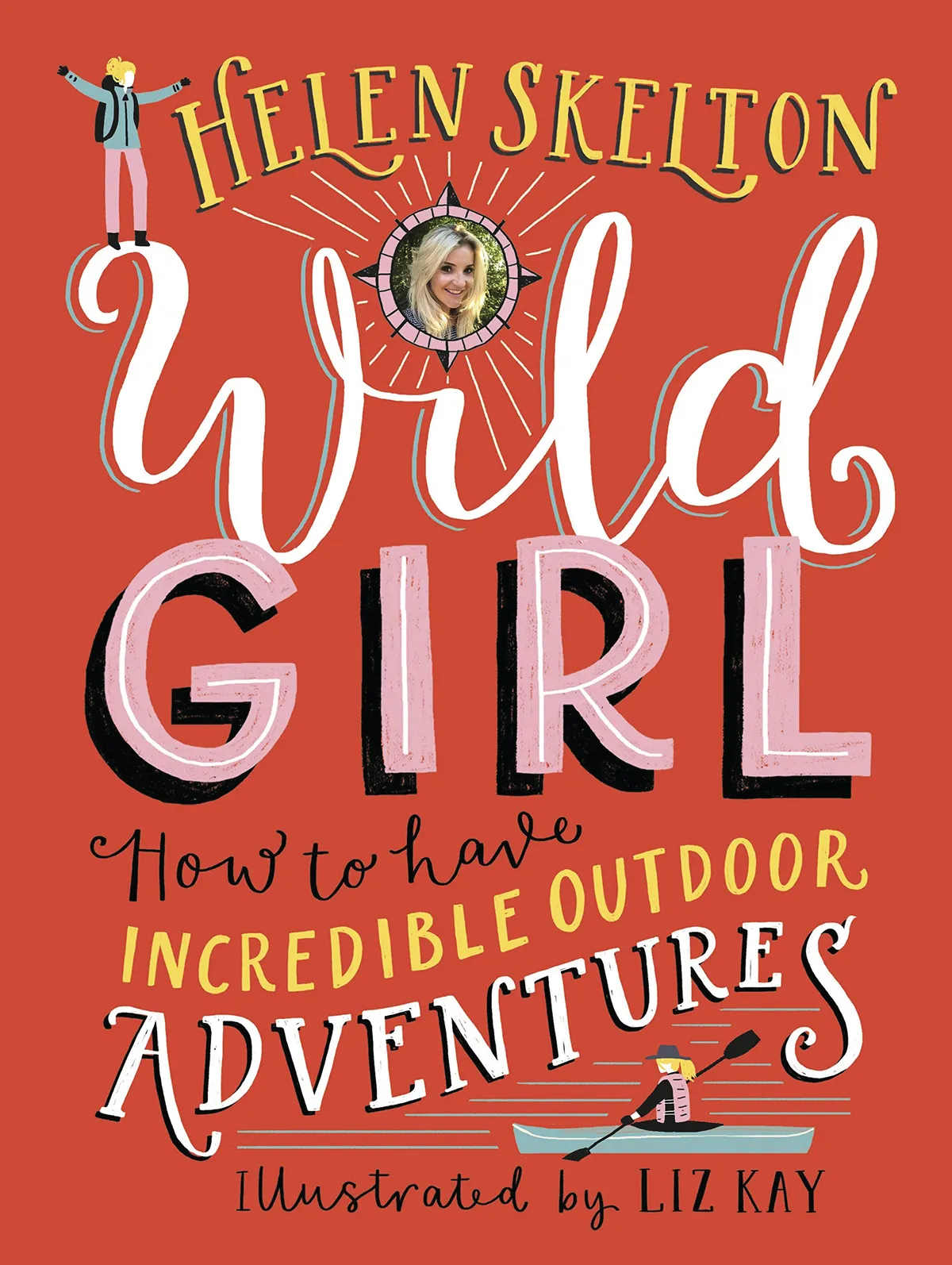
Wild Girl: How to Have Incredible Outdoor Adventures is available now (Walker Books, £12.99)
